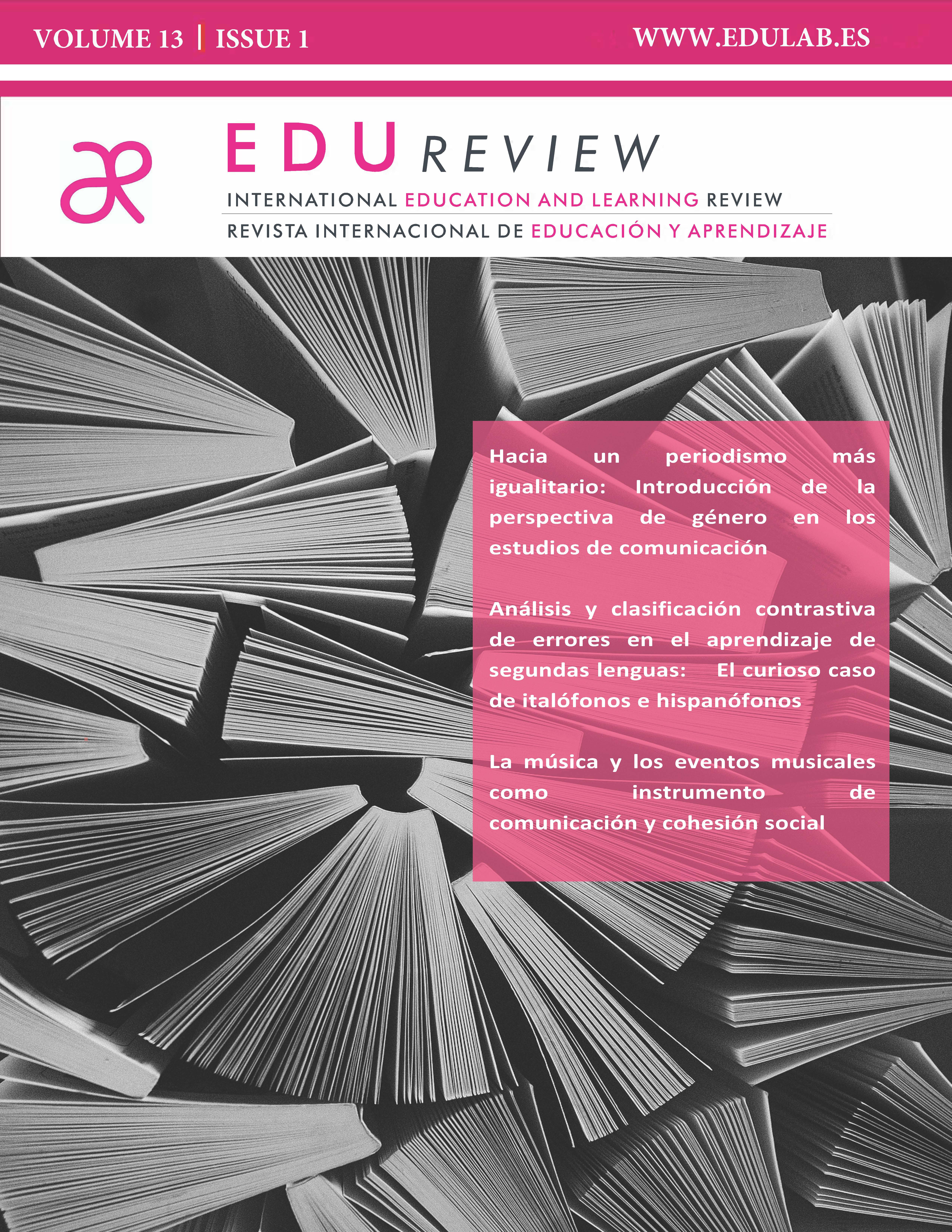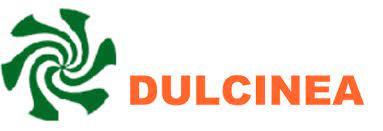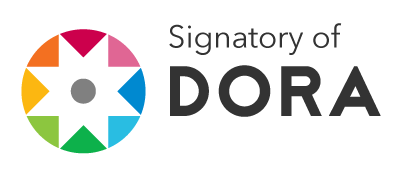Contrastive Analysis and Classification of Errors in Second Language Learning
The Curious Case of Italophones and Hispanophones
DOI:
https://doi.org/10.62701/revedu.v13.5442Keywords:
Linguistic interference, Interlanguage, Transfer, L2 teaching, Romance languagesAbstract
Italian and Spanish, both Romance languages with Latin roots, show differences that complicate their mutual learning as second languages (L2). The common belief that simply adding an ‘s’ is enough to speak the other language causes frequent interference and errors. This apparent similarity initially facilitates communication but eventually leads to fossilized errors. The study analyzes how these interferences impact reciprocal learning, highlighting that the feeling of understanding is deceptive due to structural and cultural differences. It emphasizes the crucial role of teachers and the need to include pragmatic and sociocultural aspects beyond grammar. Additionally, the concepts of interlanguage and linguistic transfer are explained as causes of errors, showing that such errors can be valuable resources to improve the teaching of related languages.
Downloads
Global Statistics ℹ️
|
288
Views
|
122
Downloads
|
|
410
Total
|
|
References
Barbasán Ortuño, I. (2021), Errores léxicos en la interlengua de aprendientes de L2. Un estudio contrastivo italiano y español, Cuad. filol. ital. 28, 45-71. Universitat Politècnica de València. DOI: https://doi.org/10.5209/cfit.70732
Corder, Pit. (1967). The significance of learner's errors. International Review of. Applied Linguistics,S, 161-170. DOI: https://doi.org/10.1515/iral.1967.5.1-4.161
Diffidenti León, C. (2019), Gramática contrastiva español-italiano. El análisis de errores gramaticales en el nivel A2-B1. Universidad de Jaén.
Gavagnin, G. (1998), Per una grammatica degli errori di studenti catalani in italiano come L2, Quaderns d’Italià 3, 121-134. DOI: https://doi.org/10.5565/rev/qdi.415
Gil, J. (1990), Problemas que presenta la enseñanza del español a italianos, ASELE, Actas II, Centro Virtual Cervantes, pp. 118-119.
Leontaridi, E., Peramos Soler, N. y Ruiz Morales, M. (2008), Análisis y clasificación de errores en la producción de textos escritos de candidatos griegos en los exámenes DELE, Universidad Aristóteles de Salónica.
Maggioni, V. (2010), L’influenza della L1 nell’apprendimento di lingue affini: analisi delle interferenze linguistiche di ispanofoni apprendenti l’italiano come lingua straniera, Italiano LinguaDue, n. 1.
Schmid, Stephan (2004), Dallo spagnolo all’italiano: elementi di analisi contrastiva nella prospettiva dell’acquisizione, en Ghezzi, C., Guerini, F., Molinelli, P., Italiano e lingue immigrate a confronto: riflessioni per la pratica didattica, pp. 197-219. Universidad de Zúrich.
Downloads
Published
How to Cite
Issue
Section
License
Copyright (c) 2025 Authors retain copyright and transfer to the journal the right of first publication and publishing rights

This work is licensed under a Creative Commons Attribution-NoDerivatives 4.0 International License.
Those authors who publish in this journal accept the following terms:
-
Authors retain copyright.
-
Authors transfer to the journal the right of first publication. The journal also owns the publishing rights.
-
All published contents are governed by an Attribution-NoDerivatives 4.0 International License.
Access the informative version and legal text of the license. By virtue of this, third parties are allowed to use what is published as long as they mention the authorship of the work and the first publication in this journal. If you transform the material, you may not distribute the modified work. -
Authors may make other independent and additional contractual arrangements for non-exclusive distribution of the version of the article published in this journal (e.g., inclusion in an institutional repository or publication in a book) as long as they clearly indicate that the work was first published in this journal.
- Authors are allowed and recommended to publish their work on the Internet (for example on institutional and personal websites), following the publication of, and referencing the journal, as this could lead to constructive exchanges and a more extensive and quick circulation of published works (see The Effect of Open Access).













